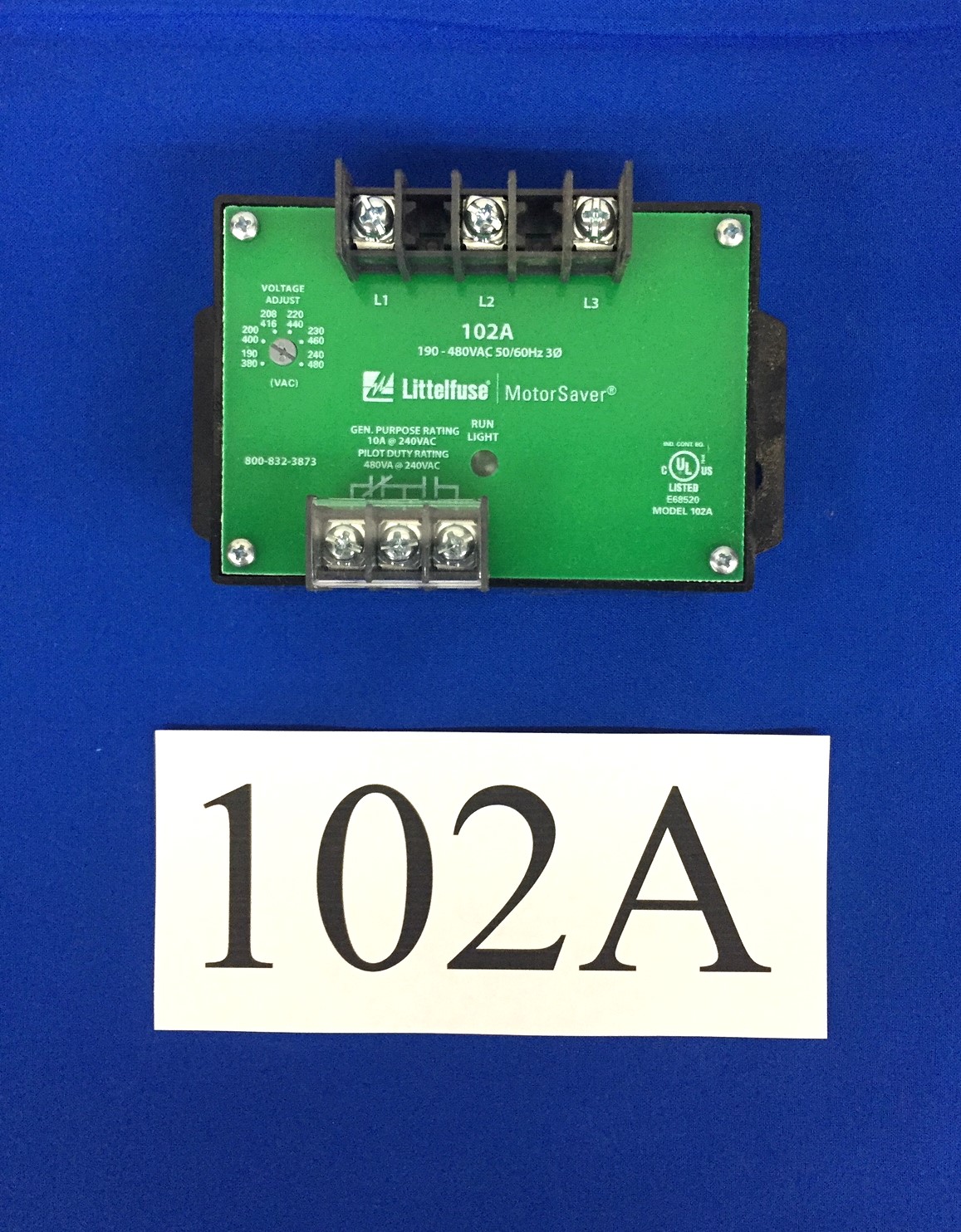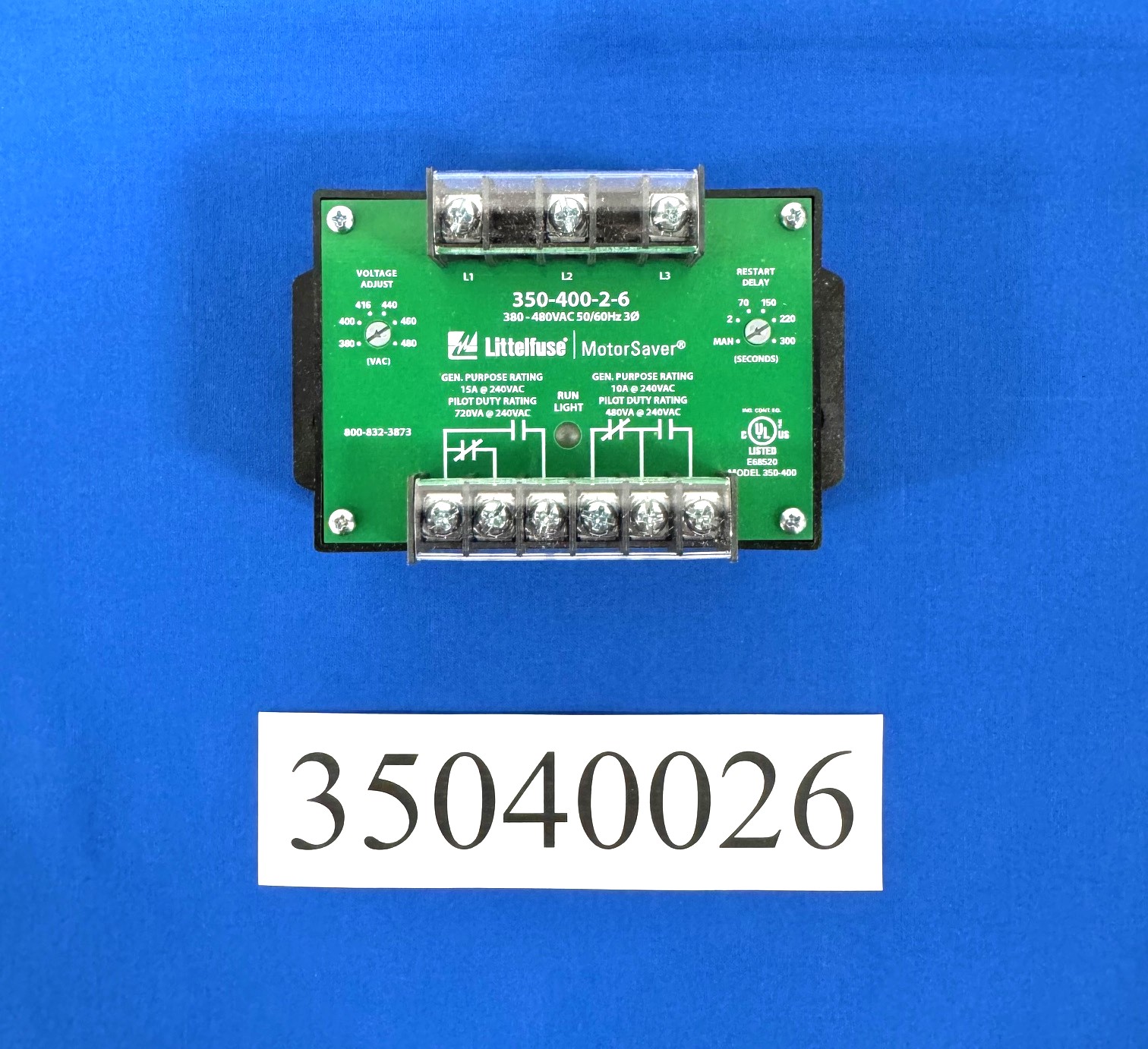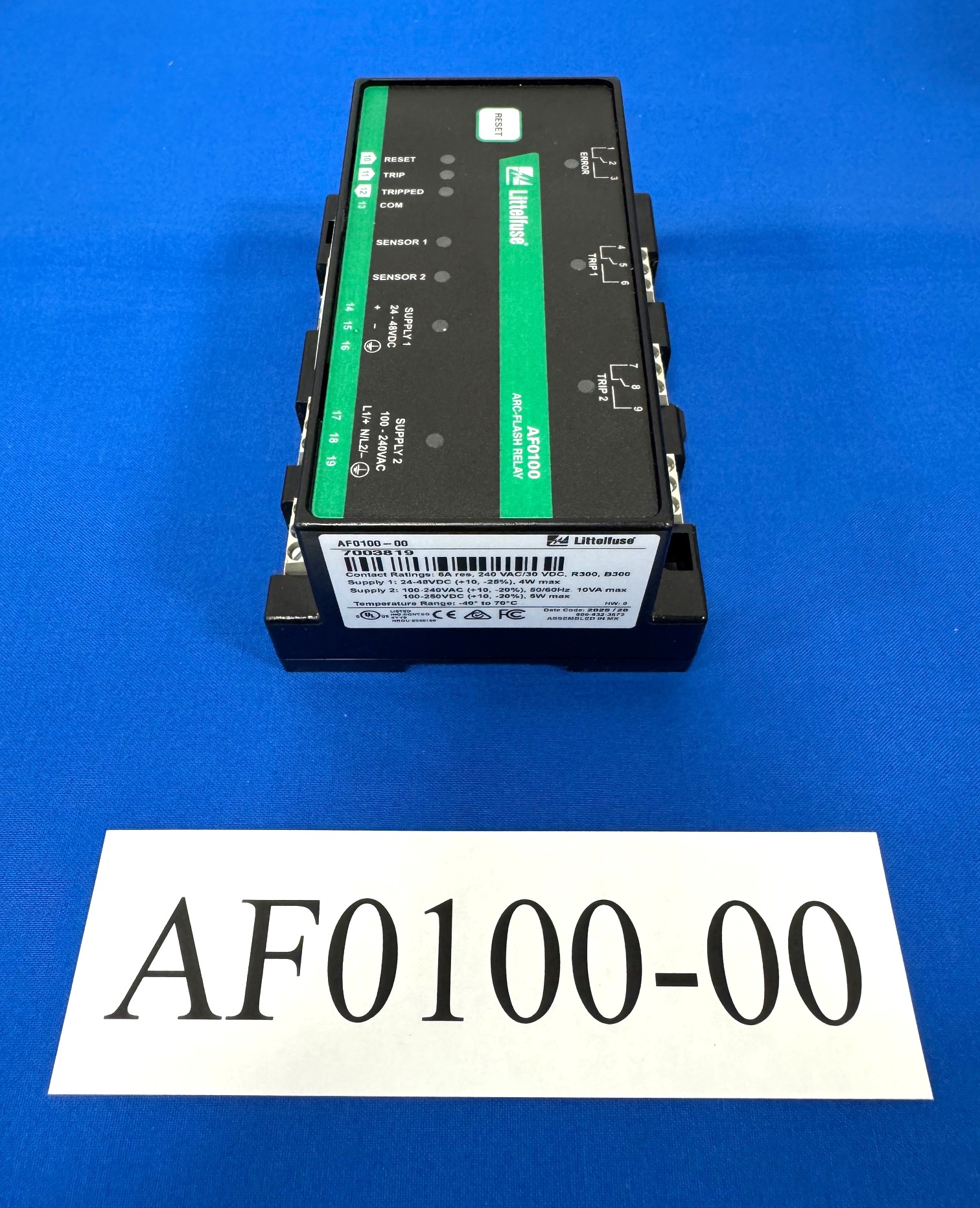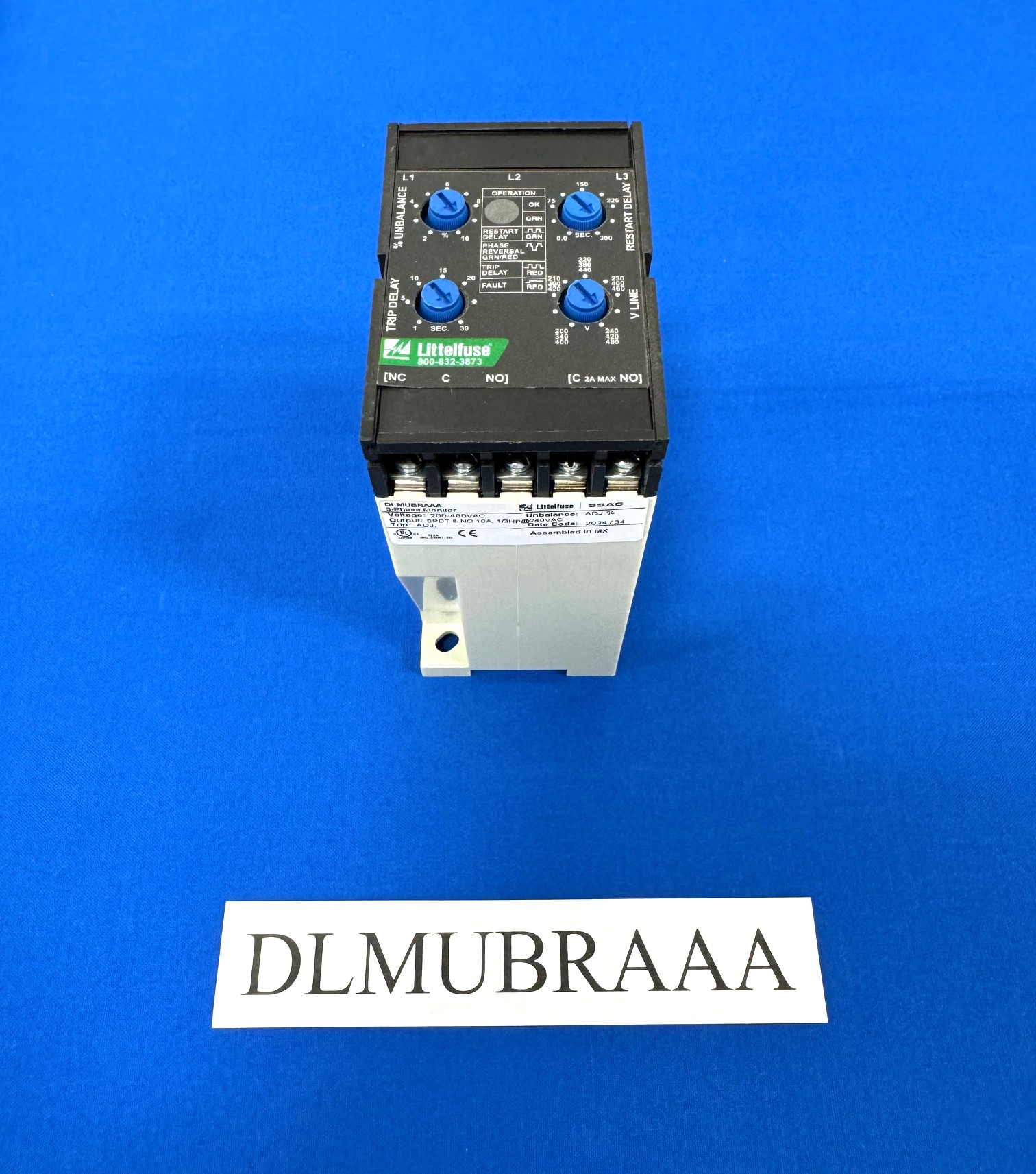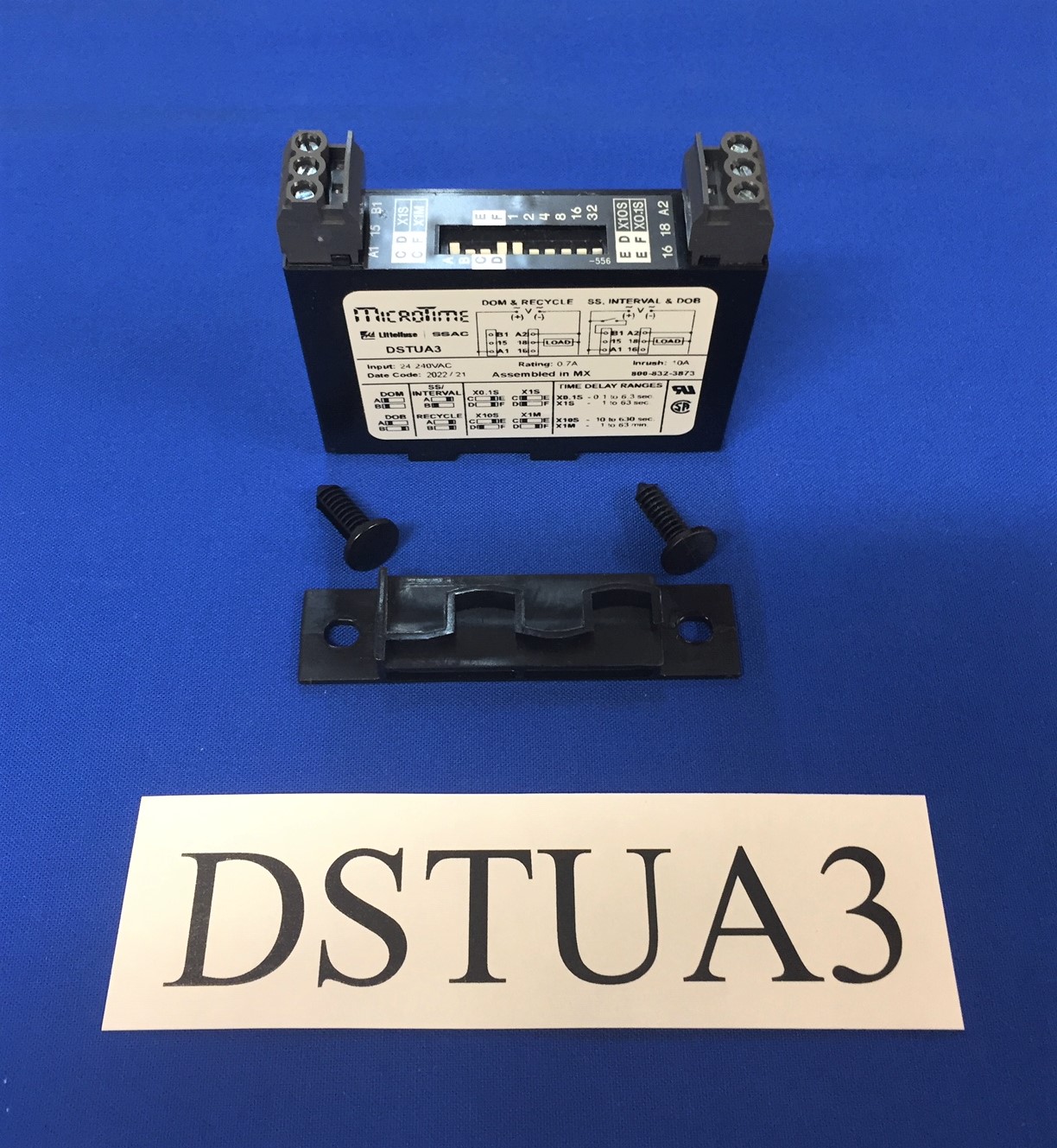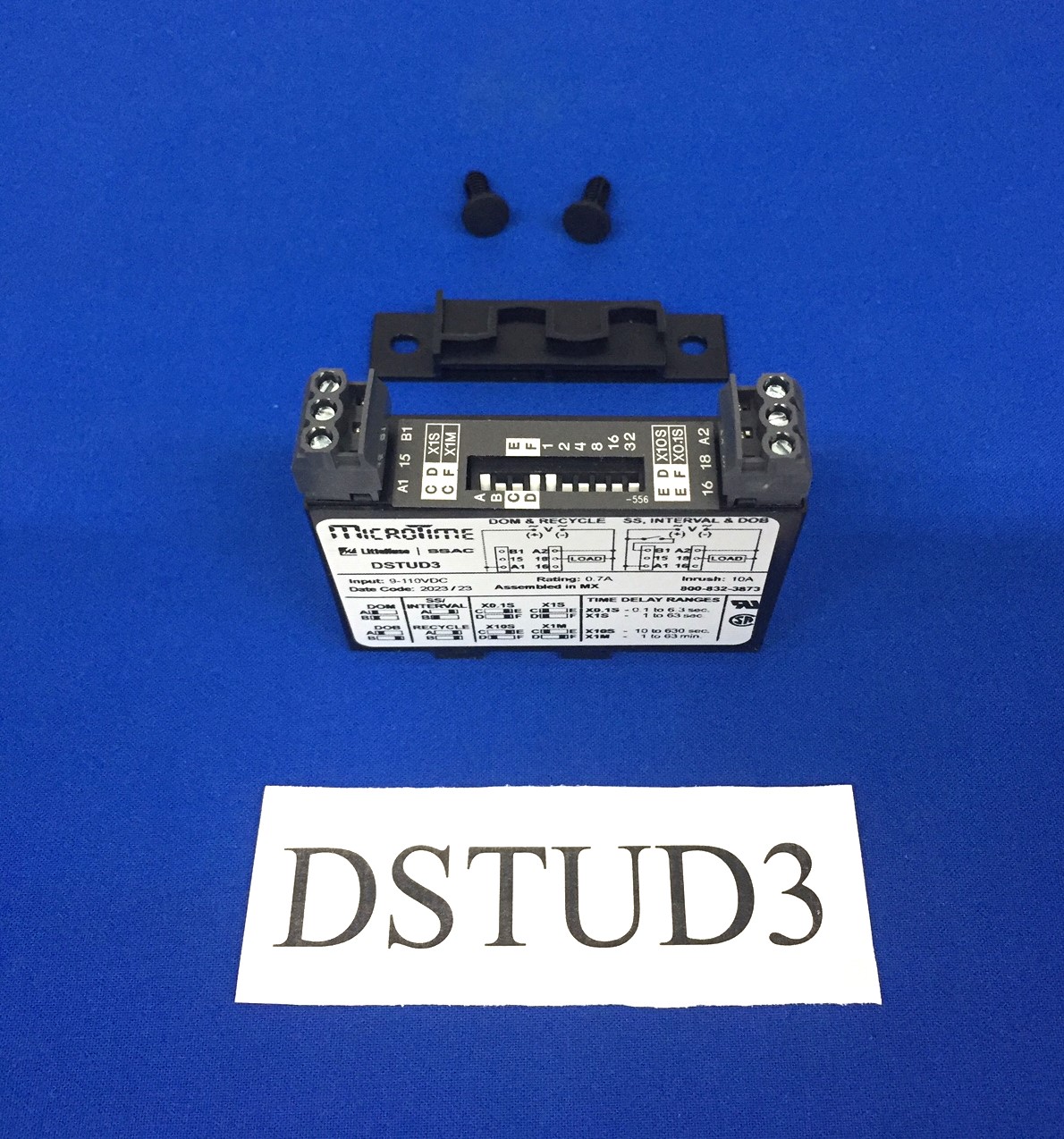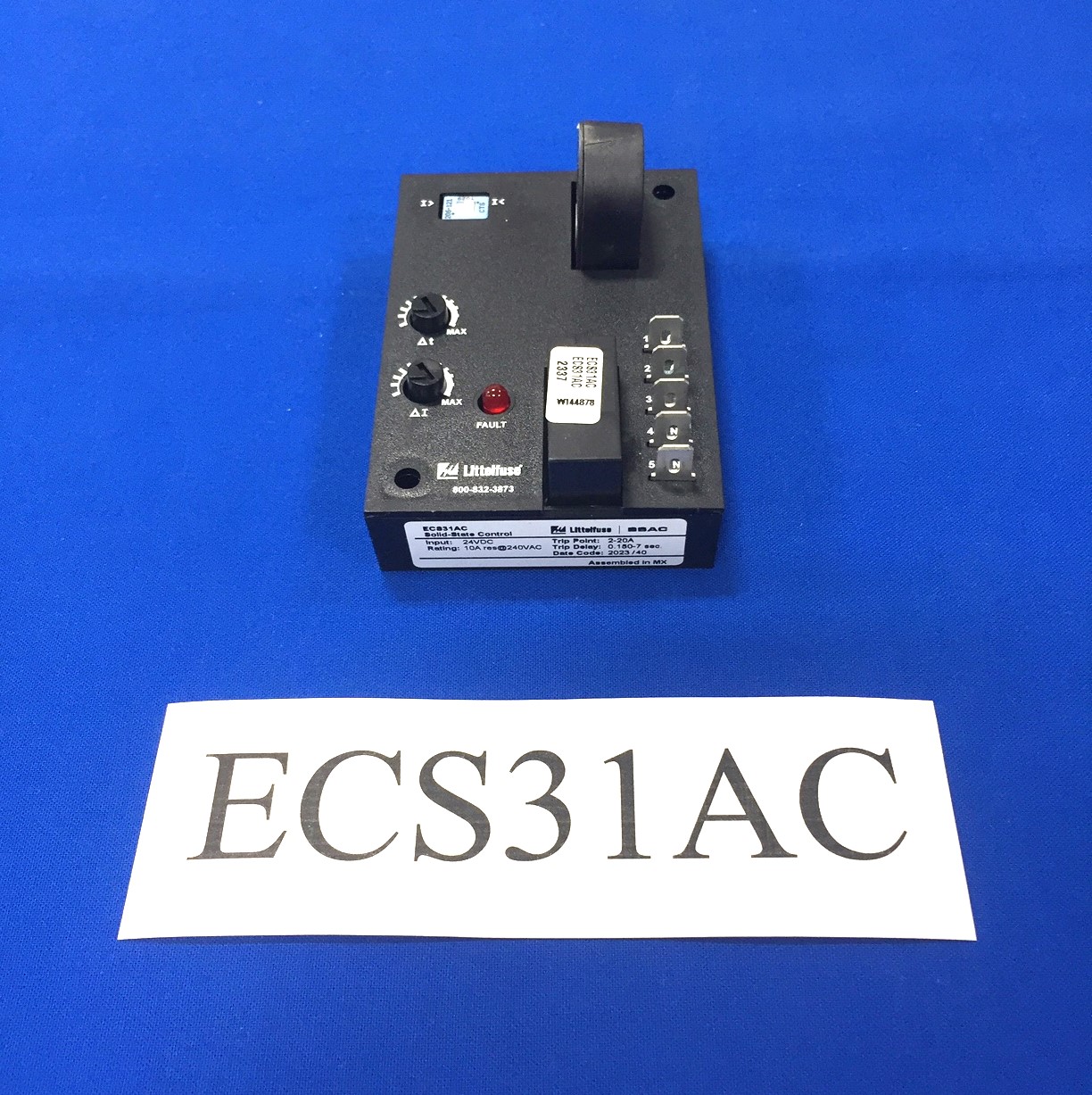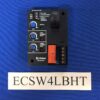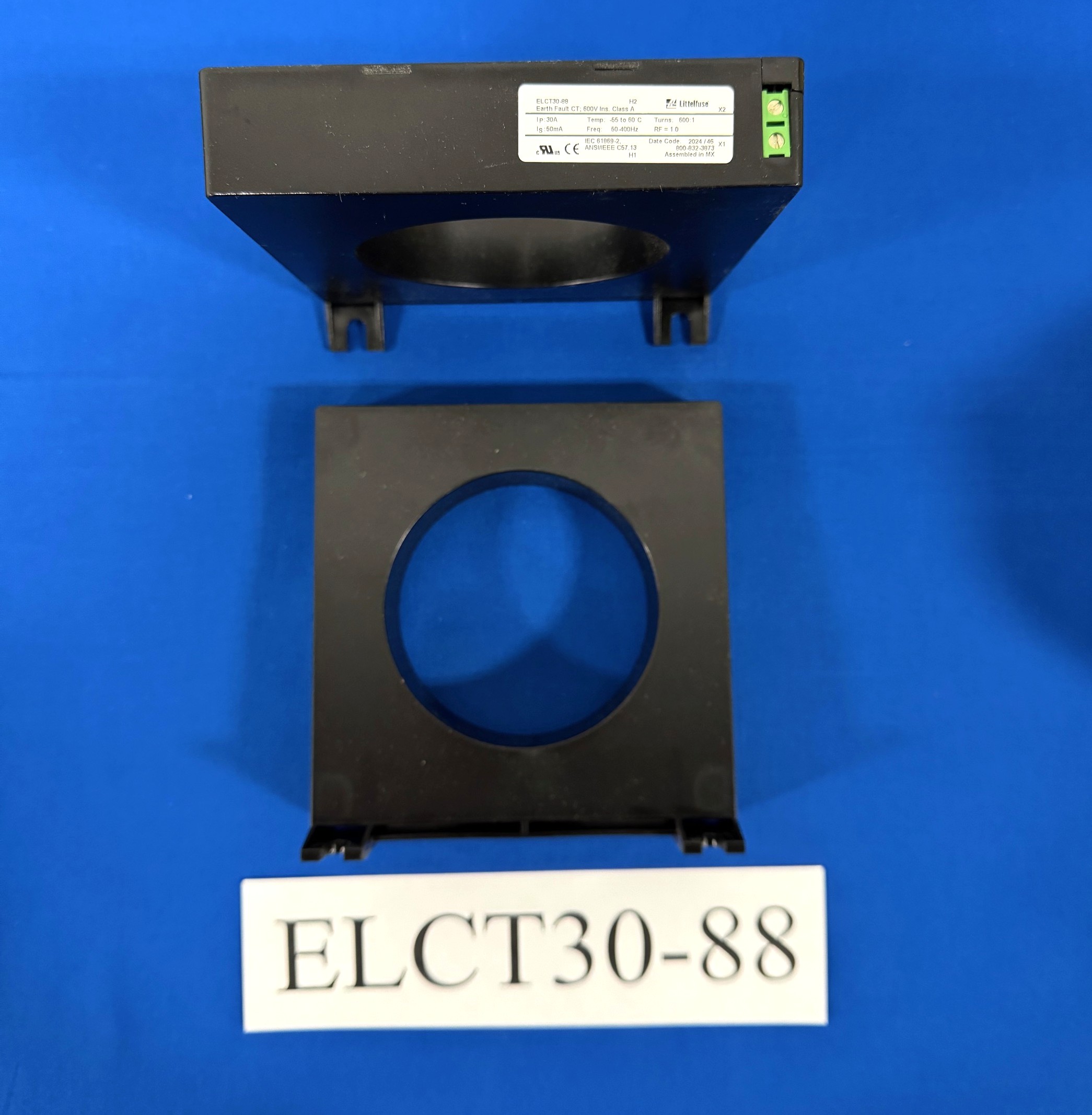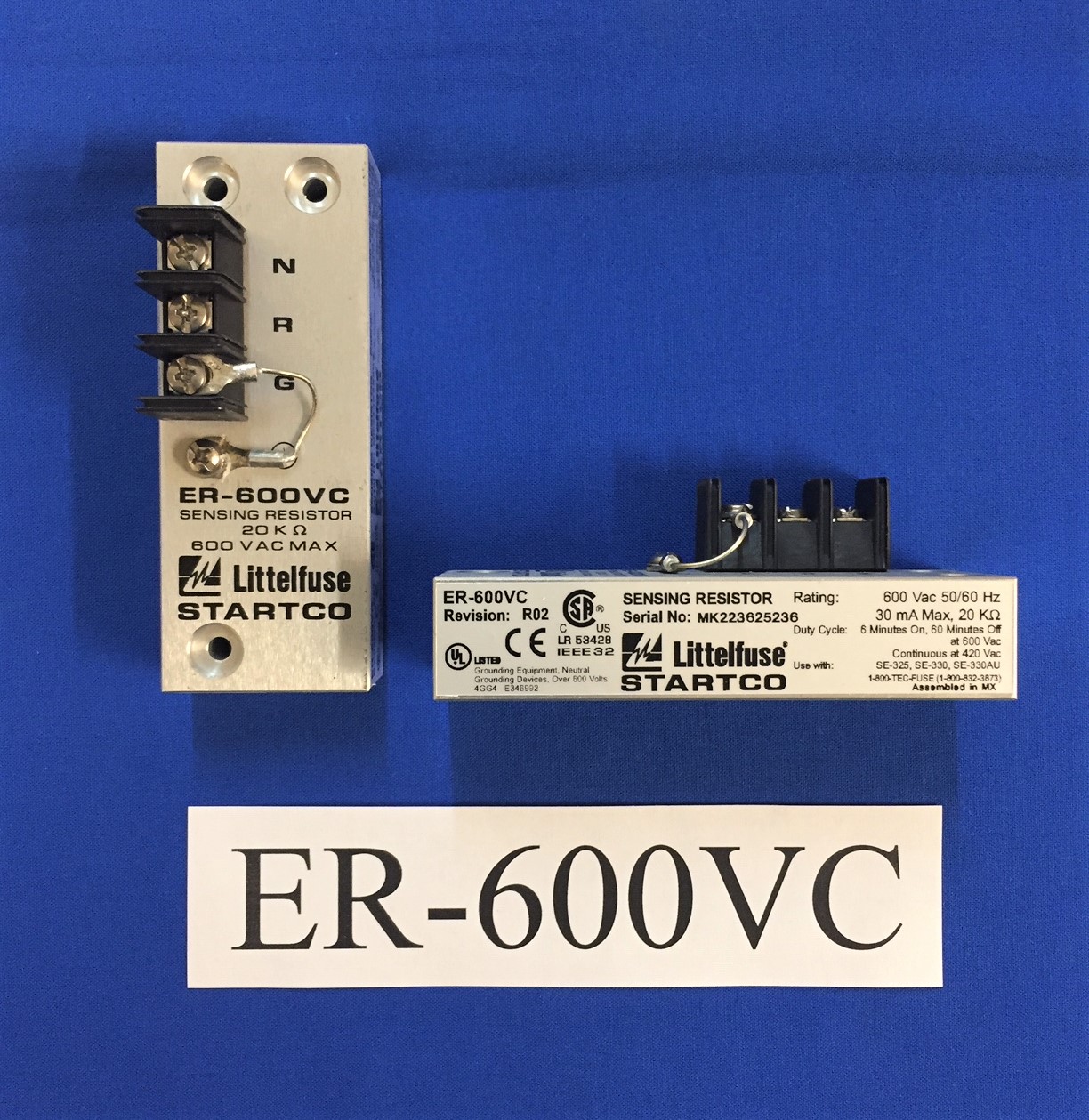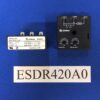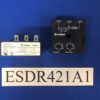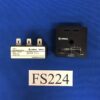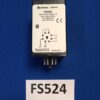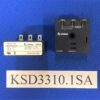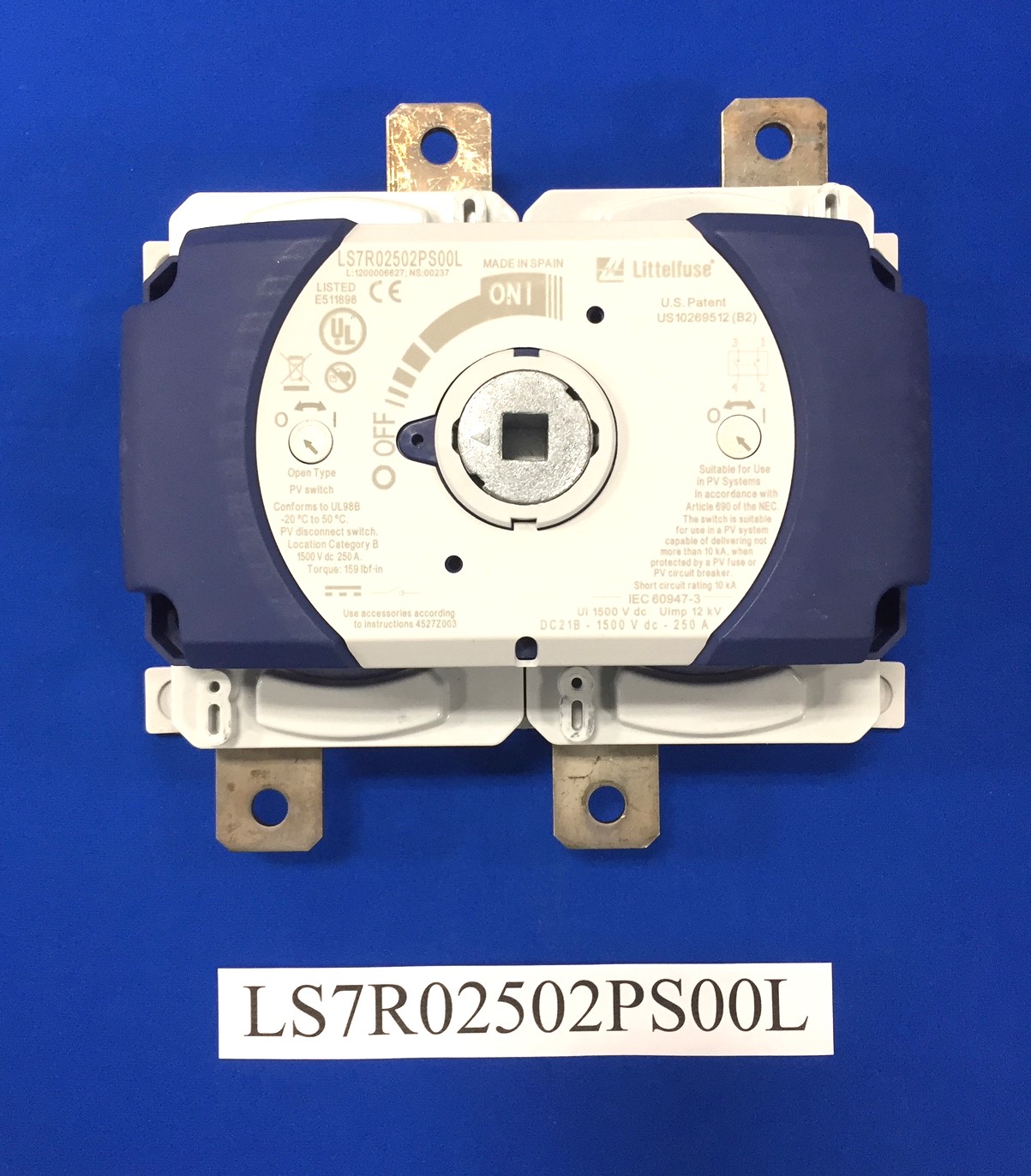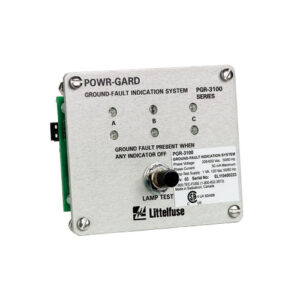
In 2008 Littelfuse, Inc. purchased Startco Engineering Ltd. The company, which is based in Saskatoon, Saskatchewan, is a recognized leader in ground-fault protection products and custom-power distribution centers that are used in industrial manufacturing and mining applications. Littelfuse acknowledged that the acquisition of Startco will strengthen their position within the industrial protection business and growing mining industry with Startco’s line of ground-fault and motor protection relays.
One of Littelfuse Startco’s main products is the Protection Relay which includes a comprehensive line of motor and pump protection relays, arc-flash relays, ground fault relays, feeder protection, pump controllers, time delay relays, flashers and tower lighting, and more to minimize electrical safety hazards, limit equipment damage, improve productivity, and safeguard personnel from injury due to electrical faults. Professionals in construction, manufacturing, mining, oil & gas, solar, and many more industries rely on Littelfuse Startco for rugged, lasting protection for their designs and critical applications.
Arc Flash Relays are an effective defense against dangerous arc flash events since they can detect an arc flash in less than 1 millisecond. These relays provide:
- A redundant internal trip path with two internal trip paths for added reliability
- Health monitoring which continuously monitors connection to trip coil to ensure path is intact
- Reliable Light Detection with two types of light sensors (point and fiber-optic) for different application
- Upstream tripping ability if the local breaker fails to clear the fault
- Optional current detection for fault verification to avoid nuisance tripping
- Tie breaker tripping of both incoming feeder and tie breaker when arc is detected
- Zone tripping give the ability to trip 2 separate zones with 1 relay
Most of Littlefuse Startco’s products are manufactured in Canada with the exception of SE-105, SE-107, and SE-325, which are now manufactured in the United States.

